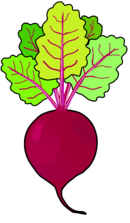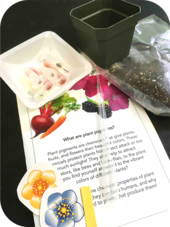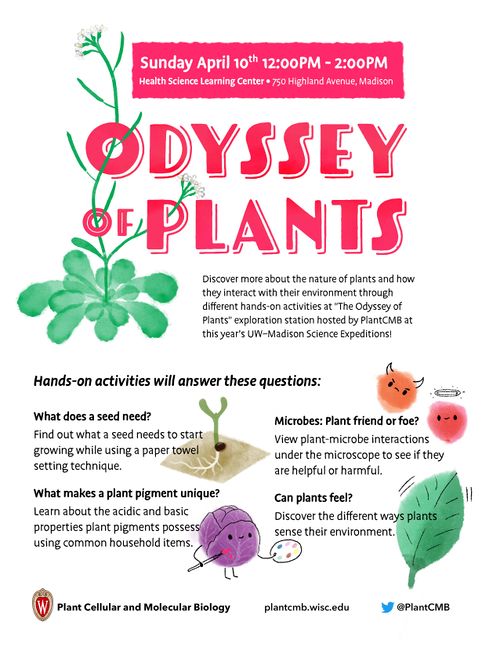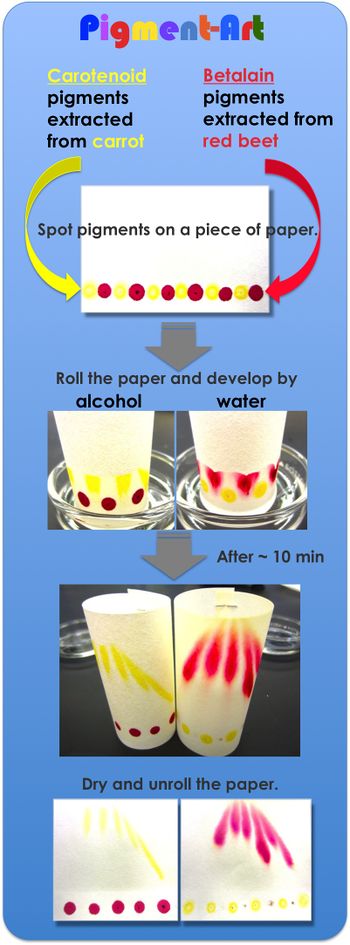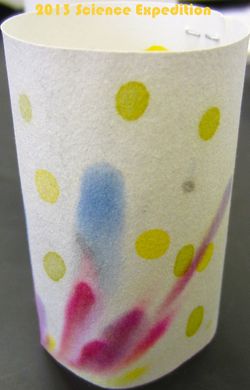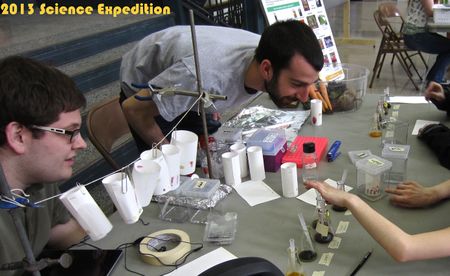Difference between revisions of "Maeda Lab:Outreach"
| Line 16: | Line 16: | ||
|style="background:#ffffff"| | |style="background:#ffffff"| | ||
| − | + | ||
| − | <h3><font>Huegel Elementary Science Night - April 19, 2022</font></h3> | + | <h3><font>Huegel Elementary Science Night - April 19, 2022</font></h3> [[Image:beeeet.png|left|130px|]] [[Image:PigmentKit.png|right|170px|]] |
Welcome to the submission page for the '''plant growth and pigment challenge'''! | Welcome to the submission page for the '''plant growth and pigment challenge'''! | ||
*Please send us a photo of your flowers to Madelyn <[mailto:schaut2@wisc.edu schaut2@wisc.edu]>. | *Please send us a photo of your flowers to Madelyn <[mailto:schaut2@wisc.edu schaut2@wisc.edu]>. | ||
| Line 31: | Line 31: | ||
| − | <h3><font>Maeda Lab | + | <h3><font>Why Maeda Lab runs outreach events?</font></h3> [[Image:pigment_art.jpg|right|350px|]] |
| − | In plants, '''aromatic amino acids''' are used to make colorful pigments, such as anthocyanins and betalains. These pigments also have important nutritional and pharmacological value to humans. To help disseminate the broader impact of our plant metabolism research in general public, we have been presenting an outreach event called “'''Pigment-Art'''”. | + | In plants, '''aromatic amino acids''' are used to make colorful pigments, such as anthocyanins and betalains. These pigments also have important nutritional and pharmacological value to humans. To help disseminate the broader impact of our plant metabolism research in general public, we have been presenting an outreach event called “'''Pigment-Art'''” and related activities. |
'''What is “Pigment-Art”?''' | '''What is “Pigment-Art”?''' | ||
| Line 39: | Line 39: | ||
*We also hope to share information on '''the use of plant natural resources in our food, medicine, and many other aspects of human life'''. For example, the natural pigments provide attractive colors and also nutritional/medicinal properties to our food: Carotenoids are yellow/red pigments also essential for our vision as pro-vitamin A. Scientists believe that it is not coincident that these pigments have beneficial effects on human health. During evolution plants have used the color to attract seed dispersers at the time fruits reach to maturity and are ready to be picked. Animals in turn associate the color to the beneficial ingredients that are accumulated in the fruits. Unfortunately, in the past decades, petroleum-based synthetic chemistry provided cost-effective artificial dyes and replaced many of the natural pigments from our diets. As the synthetic pigments generally lack the nutritional and pharmacological activities, our current diet have significantly reduced nutritional values, while our brain may still mistakenly perceive that we obtain nutrients that are represented by the color. | *We also hope to share information on '''the use of plant natural resources in our food, medicine, and many other aspects of human life'''. For example, the natural pigments provide attractive colors and also nutritional/medicinal properties to our food: Carotenoids are yellow/red pigments also essential for our vision as pro-vitamin A. Scientists believe that it is not coincident that these pigments have beneficial effects on human health. During evolution plants have used the color to attract seed dispersers at the time fruits reach to maturity and are ready to be picked. Animals in turn associate the color to the beneficial ingredients that are accumulated in the fruits. Unfortunately, in the past decades, petroleum-based synthetic chemistry provided cost-effective artificial dyes and replaced many of the natural pigments from our diets. As the synthetic pigments generally lack the nutritional and pharmacological activities, our current diet have significantly reduced nutritional values, while our brain may still mistakenly perceive that we obtain nutrients that are represented by the color. | ||
| − | |||
| − | |||
| − | |||
| − | |||
| − | |||
| − | |||
| − | |||
| − | |||
| − | |||
| − | |||
'''If you have any questions regarding the event, please contact Hiroshi Maeda [mailto:maeda2@wisc.edu maeda2@wisc.edu].''' | '''If you have any questions regarding the event, please contact Hiroshi Maeda [mailto:maeda2@wisc.edu maeda2@wisc.edu].''' | ||
Revision as of 13:53, 18 April 2022
|
Huegel Elementary Science Night - April 19, 2022Welcome to the submission page for the plant growth and pigment challenge!
Thanks again for joining the virtual plant pigment event!
PlantCMB outreach at UW Science Expedition, April 10, 2022Multiple labs from the UW PlantCMB group participated the 2022 UW Science Expedition. We had a lot of fun interacting with many children and parents!
Why Maeda Lab runs outreach events?In plants, aromatic amino acids are used to make colorful pigments, such as anthocyanins and betalains. These pigments also have important nutritional and pharmacological value to humans. To help disseminate the broader impact of our plant metabolism research in general public, we have been presenting an outreach event called “Pigment-Art” and related activities. What is “Pigment-Art”?
|

